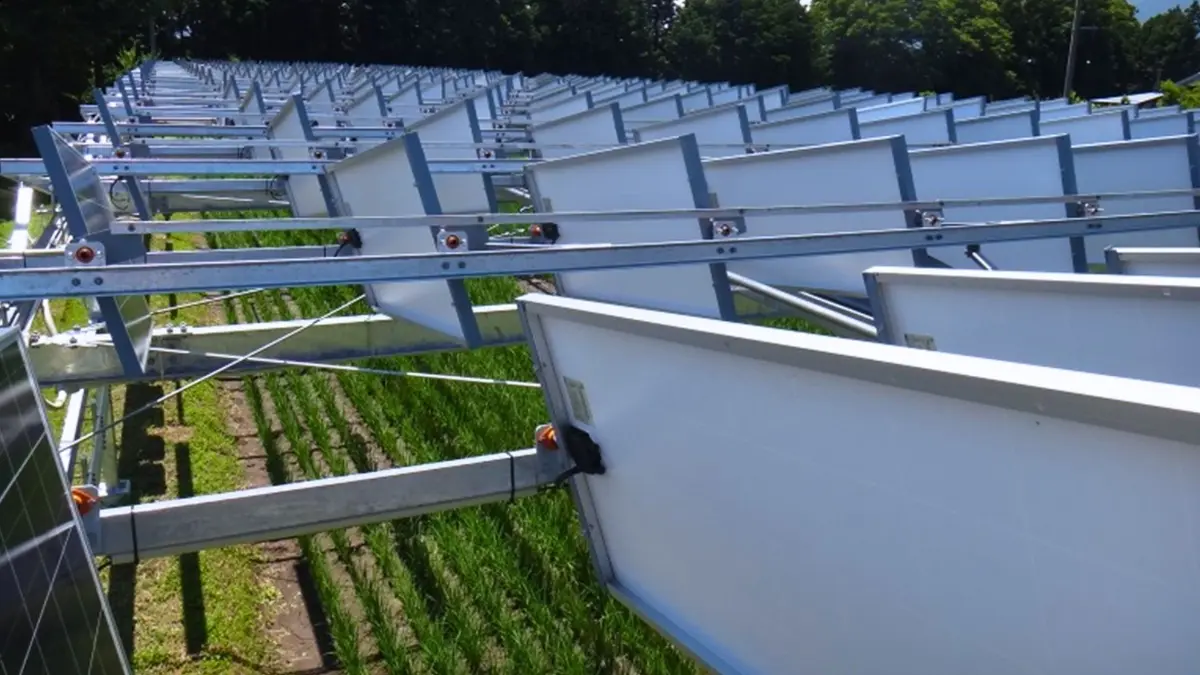In the mountain valleys of Nagano, a new kind of harvest is taking place. Farmers aren’t just pulling in sacks of rice—they’re also producing enough electricity to power dozens of homes. And they’re doing it on the same plot of land.
Perched three meters above the paddies, a shimmering array of dual-axis solar panels follows the sun’s path across the sky. This isn’t just a fixed frame bolted to a post—these panels tilt and pivot daily, even seasonally, fine-tuning the balance between feeding the plants below and feeding the grid above.
The results? Rice yields that hit 85% of traditional paddies after just two years of adjustments, with grain quality still at Japan’s top grade. Meanwhile, the system cranks out nearly 44,000 kilowatt-hours annually—matching the performance of Europe’s best agrivoltaic installations.
For a country where farmland is precious and flat space is rare, this is a potential game-changer. Conventional solar farms swallow up land, forcing a choice between food and power. A single megawatt of ground-mounted solar might sprawl over five acres. Coal and gas can pack hundreds of megawatts into the same space—but at a very different environmental and political cost.
Agrivoltaics flips that equation. By stacking agriculture and energy production on the same land, you get both harvests at once. Farmers earn a second income stream. Rural economies get a boost. And the nation gains megawatts without bulldozing new fields or forests.
The University of Tokyo team behind the Nagano project is already pushing the design further—experimenting with AI-controlled tracking that shifts panel angles in real time, as well as semi-transparent modules that let more sunlight through while still harvesting energy.
If they can close the yield gap while keeping the power flowing, Japan’s countryside could become a vast network of living solar farms—fields that feed both the population and the power grid.
This isn’t the end of the rice paddy. It might just be its next evolution.


